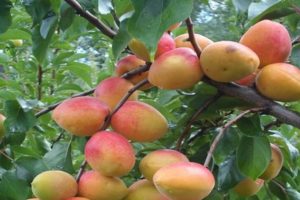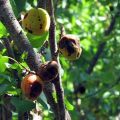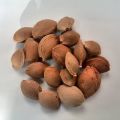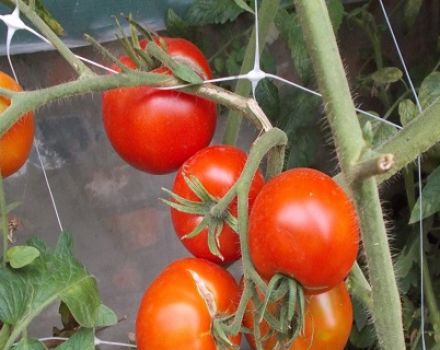Description of apricot variety Limonka and characteristics of yield, nuances of cultivation
Apricots are popular with gardeners trees that do not require much effort to grow. The only drawback of the culture is poor frost resistance. Growing apricot varieties Limonka will not cause trouble even for residents of cool regions; the plant is distinguished by excellent endurance and frost resistance.
The history of breeding
The appearance of the variety happened spontaneously. An apricot was created on the basis of a seedling, which differed in some characteristics that attracted the breeders of the Moscow station. The variety was bred not so long ago - at the end of the last century. Due to its resistance, endurance, and unpretentiousness, it quickly gained popularity among gardeners.
Description of the variety
The description of the variety should begin with the characteristics of the tree. The crown of the plant is spreading, the shoots react negatively to pruning. Apricot Limonka height - up to 3 m.
Fruits up to 80 g, bright color. The pulp is juicy, dense. The variety got its name precisely because of the fruit, the color completely repeats the shade of citrus.
Growing features
It is not difficult to cope with the cultivation of a culture - you will not have to comply with special requirements of agricultural technology. The main thing is to choose high-quality planting material, choose the most comfortable site, and prepare the soil mixture.
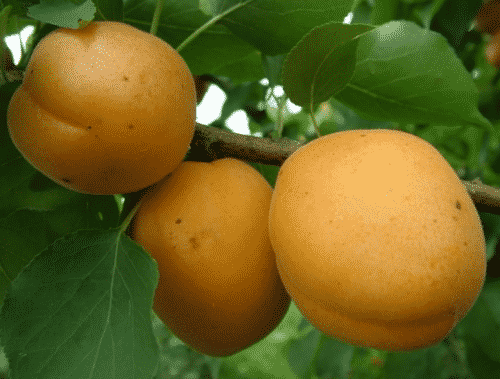
Sapling selection
It is recommended to purchase planting material from trusted sellers or from nurseries with an impeccable reputation. Carefully examine the root shoots, if there are dry spots, rot, it is better to refuse to buy.
Soil preparation
The soil for planting apricot Lemon is suitable light, nutritious. It is recommended to prepare a mixture of sand, turf, leafy soil. For sandstones, add compost, clay. Put a mulching layer after planting the tree.

Care rules
Limonka has no special requirements for care. It is important to observe the regularity of watering, to shorten the shoots in a timely manner, to remove branches affected by diseases and weather conditions.
Watering
Moisten the soil only in hot weather. During the period of fruit setting, pay particular attention to the soil - a lack of moisture will cause small apricots. An adult plant will need up to 12 liters of water. Be sure to use warm liquid.
Pruning
Carry out pruning before winter cold snaps. The lemon does not tolerate the operation, therefore it is recommended only to shorten the long branches, forming a compact crown.
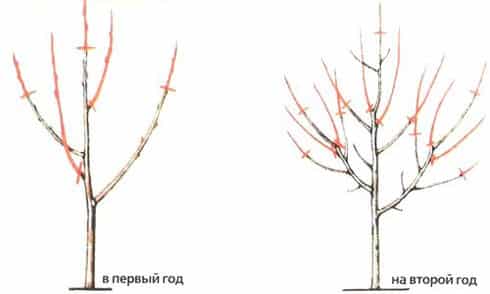
In the spring, repeat the process - remove dry, wind-damaged, frost-damaged shoots.
Taste characteristic
Taste qualities of apricot Limonka - a combination of sweetness, pleasant sourness. The pulp has a delicate texture, bright aroma. The stone is easily separated, the core is recommended for use in cooking - the taste is sweet, pleasant.
Diseases and prevention
Often apricot limonka is affected by fungal diseases. Diseases provoked by fungal spores can ruin the entire crop. The lack of disease control affects the winter hardiness of the variety, the variety will not survive severe frosts.
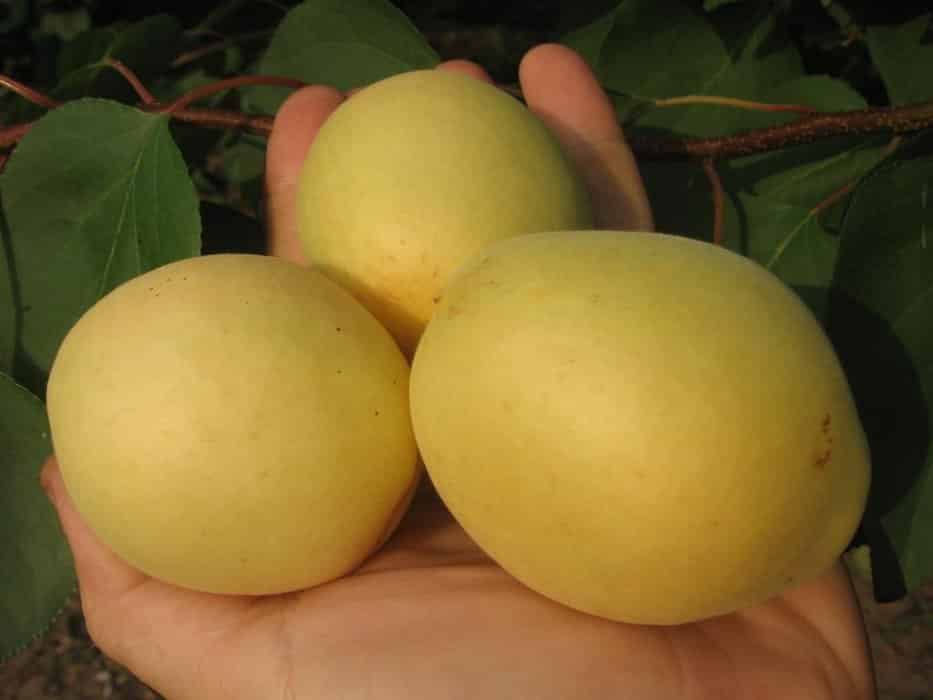
It is recommended to fight the fungus with Bordeaux liquid or its analogues. Irrigate plants from spring to the appearance of ovaries. In the fall, carry out preventive treatment. Timely spraying of the tree will help cope with the disease, prevent damage to the apricot.
Of the pests, the gall midge plant is most often affected. Insects enter the kidneys, which dry out quickly. A pest colony can destroy the entire crop.
Spring treatment with Karbofos will help prevent the invasion of pests. Collecting and burning affected buds will also help to significantly reduce the population and the risk of losing crops.
Apricot Limonka is a tree that delights beginners and experienced gardeners. Simple care, minimum requirements, unpretentiousness are part of the positive qualities of culture that every garden owner likes so much. For the care and maintenance of the tree, he will thank him with juicy sweet fruits that are used in cooking, for conservation, just eat fresh.
